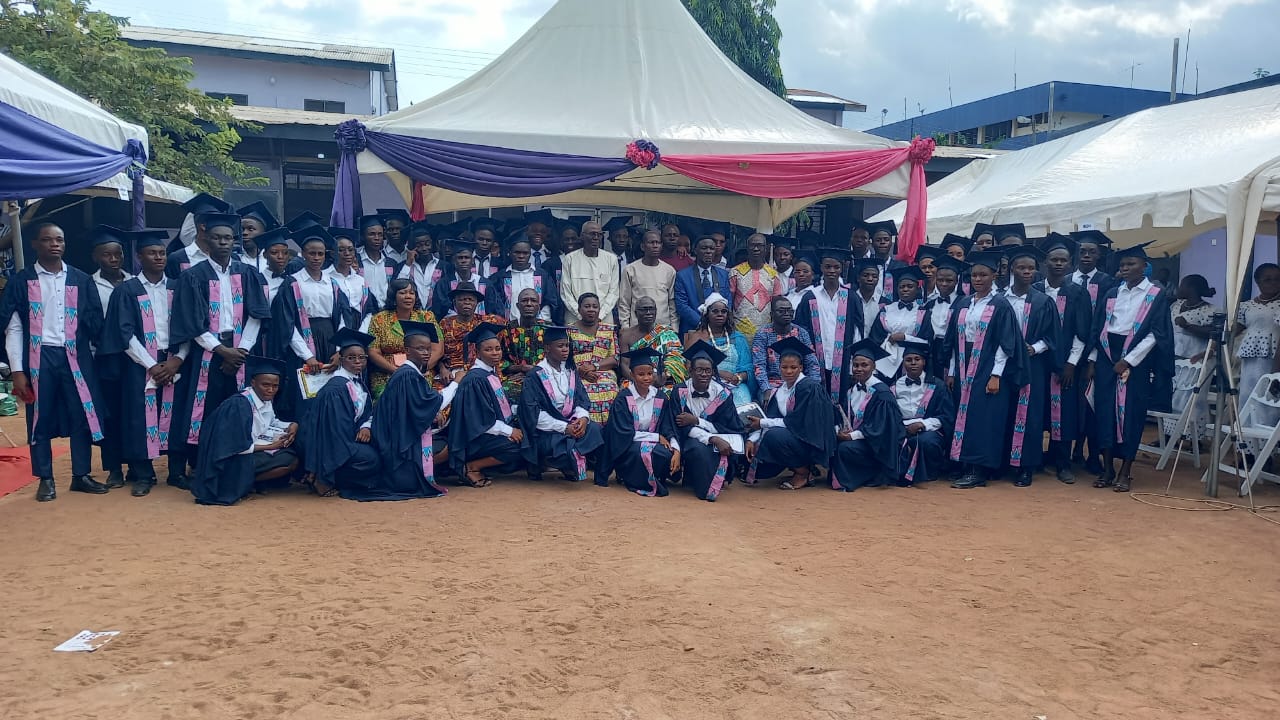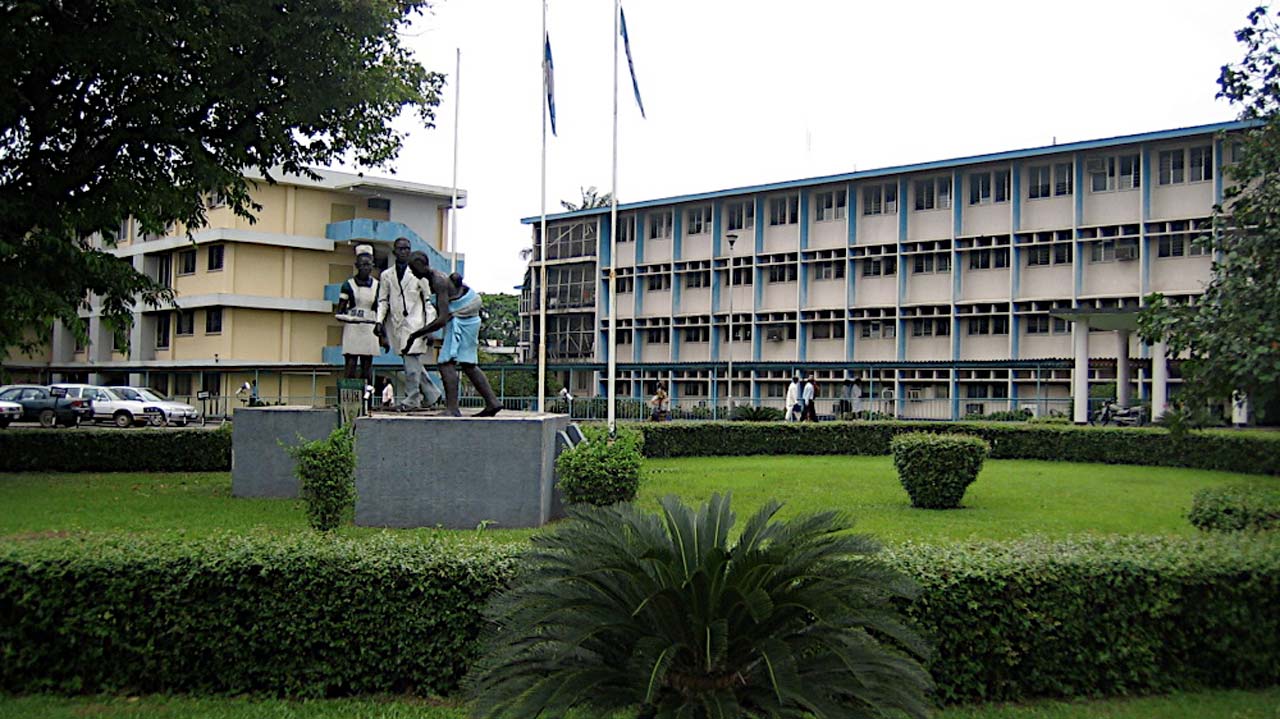- The US Fed cut interest rates by more than expected. So what?
- Southwest Airlines tells staff 'difficult decisions' ahead in push to boost profits
- You can't always refinance a mortgage to capitalize on lower rates: Here's when a lender may say 'no'
- Gold strikes record high as Fed rate cut maintains bullish mood
- Minneapolis Fed President Kashkari sees a slower pace of rate cuts ahead

Giant panda skin cells transformed into stem cells to help ensure their survival
A team of biologists in China has reprogrammed skin cells from giant pandas into induced pluripotent stem cells (iPSCs), opening the door to creating primordial germ cells that could serve as precursors to sperm and egg cells.
In their study, published in the journal Science Advances, the group introduced a specific microRNA cluster to panda fibroblasts to generate the iPSCs.
Over the past several years, stem cell biologists have been refining the process involved in converting cells known as fibroblasts into iPSCs as a prime part of regenerative medicine research. Such cells can be used to grow different kinds of cells, including those that can mature into organs and egg cells.
In recent years, conservationists have come to see the technology as a potential means to save endangered animals. To that end, iPSCs have been created for a rare zebra, the Tasmanian devil and the northern white rhino.
One thing that researchers on such projects have learned along the way is that the process of transforming fibroblasts to iPSCs is different for each species, which means that a new process is required to create iPSCs for each new animal. In this new effort, the research team has created a process for the giant panda.

- September 22, 2024
Graduands urged to adapt to change after school

- September 21, 2024
New biosensor illuminates physiological signals in living animals

- September 23, 2024
How diversity in heat tolerance can help protect coral reefs


- September 21, 2024
New method developed to relocate misplaced proteins in cells

- September 21, 2024
Better than blood tests? Nanoparticle potential found for assessing kidneys

- September 22, 2024
Flood: WHO presents cholera, malnutrition kits to Borno govt

- September 22, 2024
Can AI help save our planet?

- September 23, 2024
Female workforce could boost Africa’s economy by $287bn – Report

- September 23, 2024
Why do large electorates tend towards evenly split results?

- September 23, 2024
Australian crater could offer fresh insight into Earth's geological history
Subscribe to our mailing list to get the new updates!

Subscribe our newsletter to stay updated
Thank you for subscribing!



